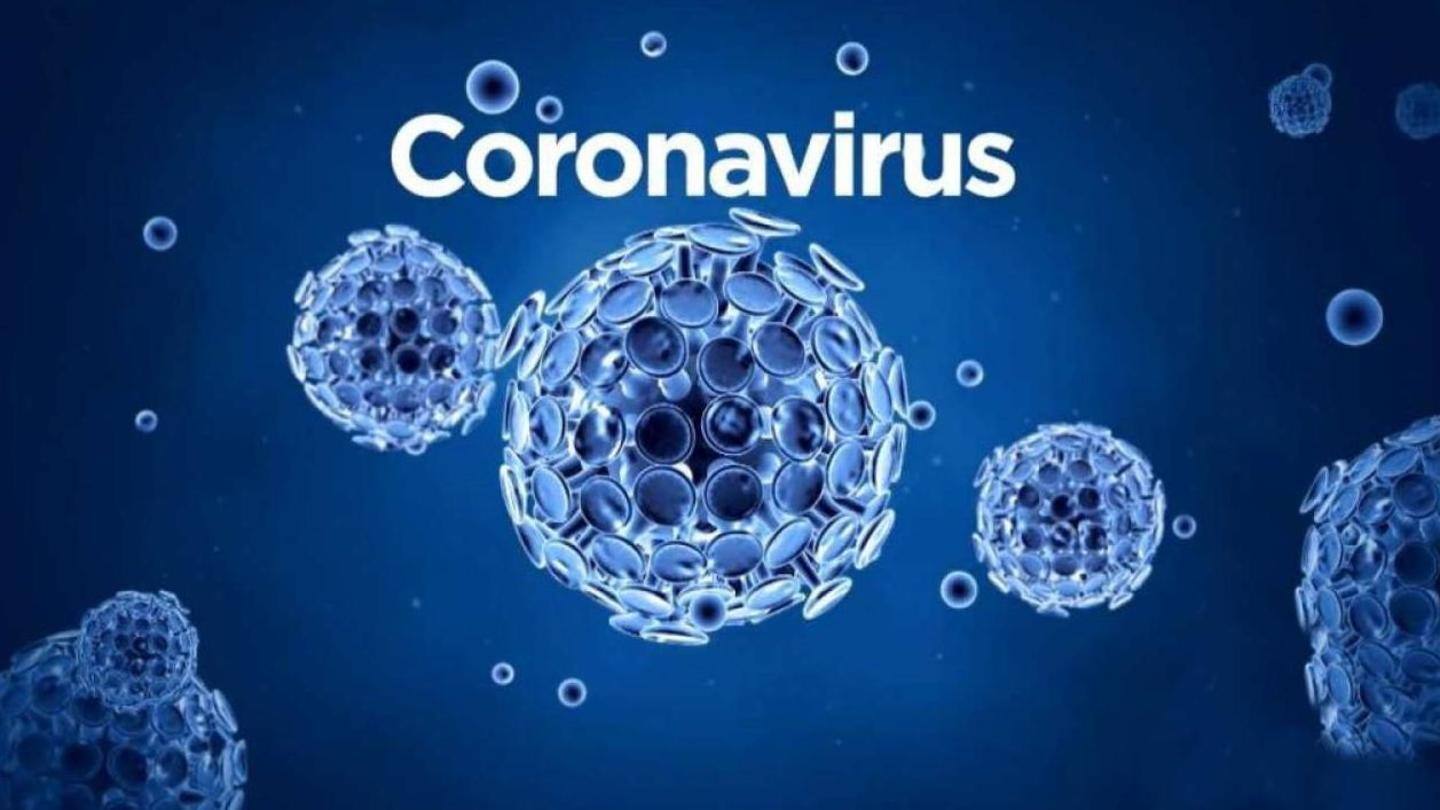
COVID-19: How safe it is to go for a walk/run
What's the story
When a pandemic is brewing, everyone's best safety advice is to stay indoors and be socially distant from the world. The problem is, these restrictions can be so stressful that many of you might feel desperate to venture out for some fresh air. Now, this brings up the question, how safe is it to go for a walk/run during these times? Let's find out.
Coronavirus
First, you should know how coronavirus spreads
The novel coronavirus behind the ongoing COVID-19 pandemic originated in China's Wuhan and has spread all over the globe. This might indicate that the virus could stay in the air when you go out for a walk and infect you, but that is not true. WHO has confirmed that this coronavirus is not airborne and it only transmits through human-to-human or human-to-surface contact.
Protocols
Social distancing will be critical to stay protected
Given the way of transmission, some basic hygiene practices are suggested to stay safe while being outdoors. This basically includes washing your hands before and after venturing out as well as not touching public surfaces, having a face mask/shield on, and maintaining a distance of at least six-feet (WHO-recommended limit) from fellow pedestrians at the time of walking or running.
Concern
Possibility of transmission from runners, cyclists passing by?
Studies have shown the human-to-human spread of coronavirus primarily happens through small respiratory droplets, which are spread from the nose or mouth when a person with COVID-19 coughs or exhales. Now, this has led many people into thinking that the heavy breathing of a runner or cyclist passing by could expose them to the novel coronavirus, eventually making them sick.
Possibility
Respiratory droplets are less likely to infect in open environments
While the concerns are legitimate, especially considering the studies that show droplets can travel farther than 6-feet, it must be noted that there are many factors that affect the virus's infectivity. "Things like sunlight, wind, rain, ambient temperature and humidity can affect infectivity and transmissibility, so while we can't say there's zero risk, it's likely low," Angela Rasmussen, a Columbia University virologist, told Vox.
Sequence
Things have to happen in perfect sequence for tranmission
Rasmussen suggested low transmission because the virus has to follow a perfect sequence of events for a jump. Specifically, the passer-by would have to release infectious droplets in sufficient quantity (900-1,500 particles) and with enough force to send them over to you. Then, these particles would have to survive environmental forces working to decay them and land on your mouth/nose/eyes to cause an infection.
Studies
Studies also show outdoor transmission is less likely
Further, a few pre-print studies have also shown that the outdoor transmission of the virus is less likely. One in China looked at 318 outbreaks and found outdoor transmission in only one of them. Meanwhile, the other one from Japan found that "the odds that a primary case transmitted COVID-19 in a closed environment was 18.7 times greater compared to an open-air environment."
Information
Coughing from 8-inches released 363 virus-borne particles
Another study requiring COVID-19 patients to cough five times into a petri dish at a distance of 8-inches found that they released about 363 virus-borne particles on average per 1 ml of petri dish. Hence, for six-feet (72 inches), the figure will be even lower.
Suggestion
So, is it safe to go for a quick run?
Yes, but only when you are willing to stay six-feet away and run/walk in an open, environment with a mask on. This way, the duration of exposure will be reduced and much of the virus, if exhaled by someone, will disperse before making its way to you and causing an infection. The distance and environment will act in your favor, with additional mask-based protection.
Information
Recommendation only for low-risk group
It must be noted that the recommendation is only for those who are not in the high-risk group including pregnant women, people with underlying conditions, or those above 60. Also, you would have to continue following safety practices like avoiding face-touching and washing hands frequently.